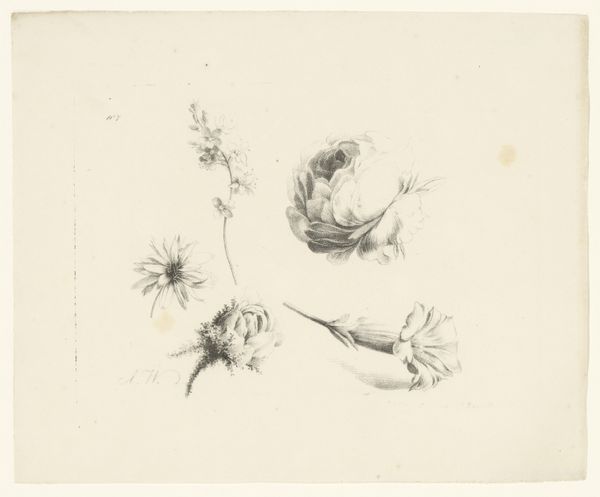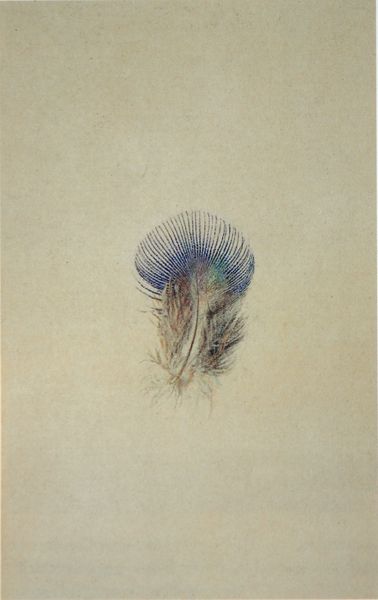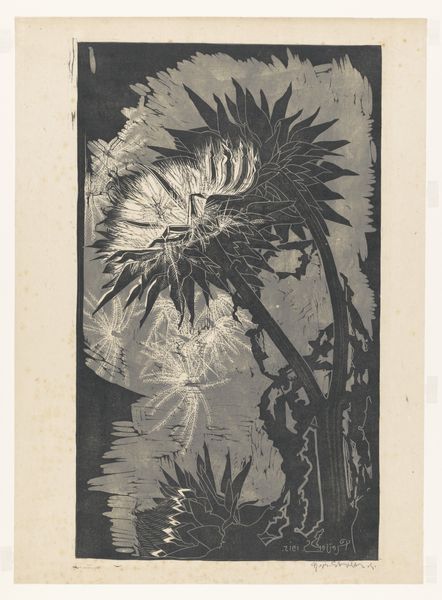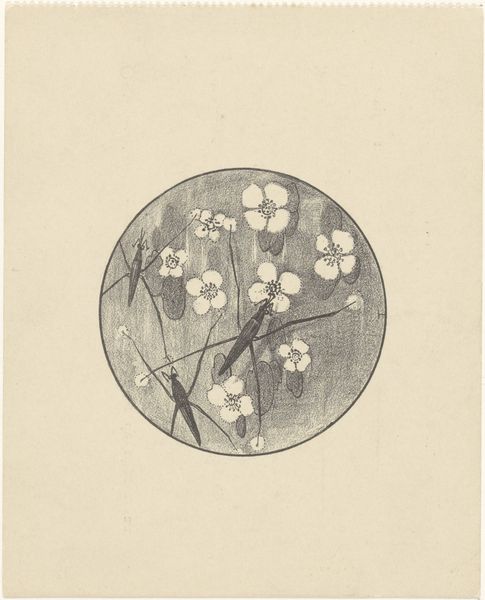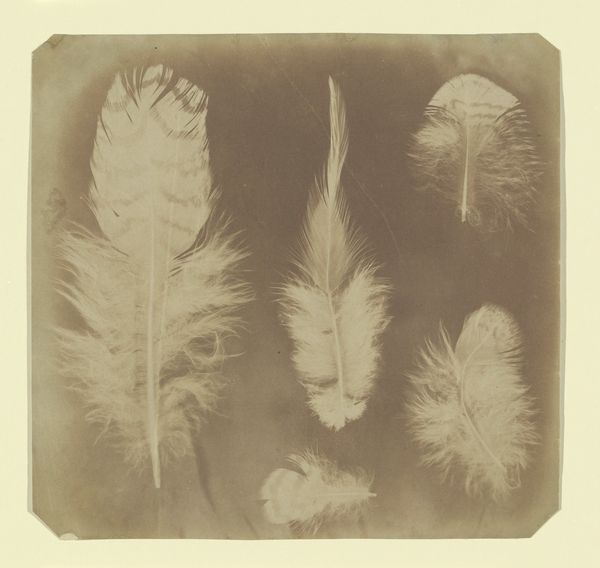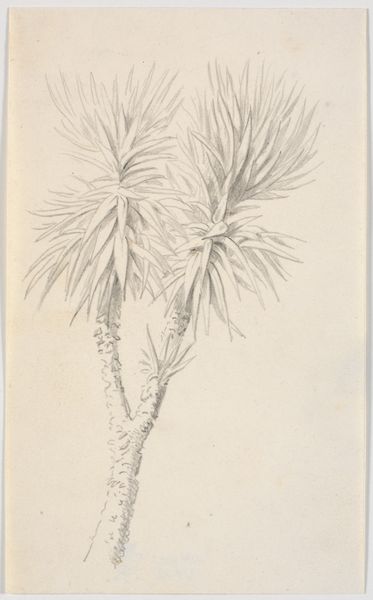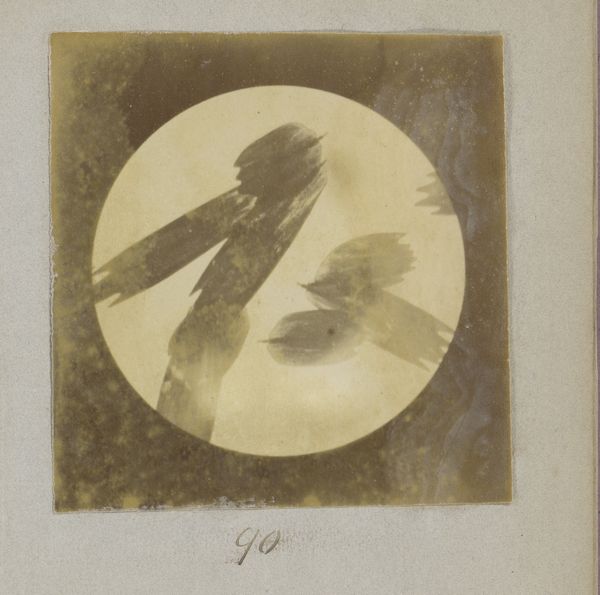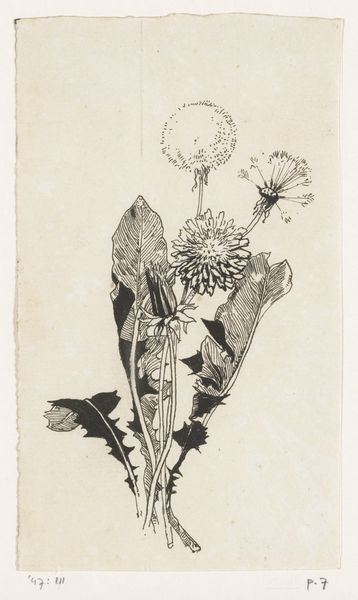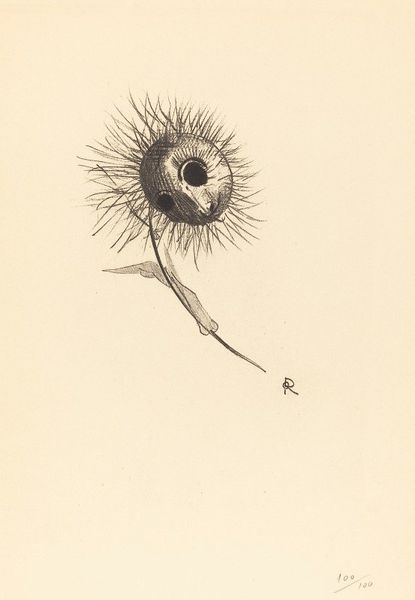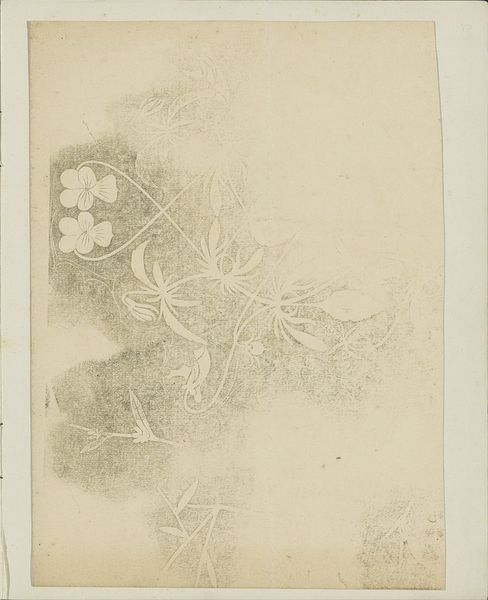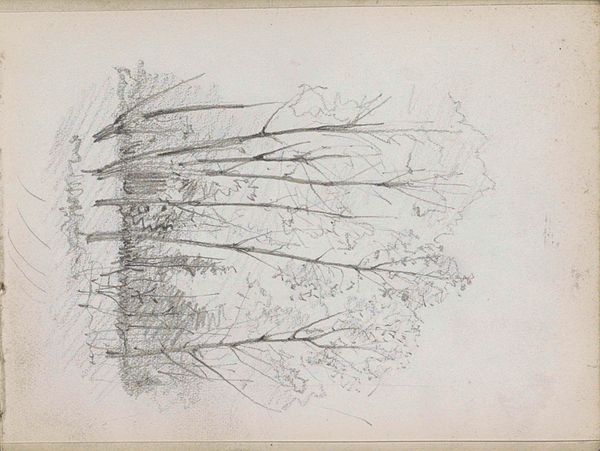![[Microscopic view of an insect] by Alois Auer](/_next/image?url=https%3A%2F%2Fd2w8kbdekdi1gv.cloudfront.net%2FeyJidWNrZXQiOiAiYXJ0ZXJhLWltYWdlcy1idWNrZXQiLCAia2V5IjogImFydHdvcmtzLzNlNTQyNGM4LWRlZjEtNGNhNi1iODc4LTY4ZGE1NGZmNjYyMC8zZTU0MjRjOC1kZWYxLTRjYTYtYjg3OC02OGRhNTRmZjY2MjBfZnVsbC5qcGciLCAiZWRpdHMiOiB7InJlc2l6ZSI6IHsid2lkdGgiOiAxOTIwLCAiaGVpZ2h0IjogMTkyMCwgImZpdCI6ICJpbnNpZGUifX19&w=3840&q=75)
print, photography
# print
#
etching
#
photography
#
realism
Copyright: Public Domain
Curator: What strikes me immediately is the starkness—the solitary insect, seemingly suspended against that hazy background. Editor: Yes, there’s a vulnerability there. Now, what we are seeing here is an etching, sometimes considered photography, of a microscopic view of an insect by Alois Auer, created sometime between 1851 and 1855. It offers us a fascinating glimpse into a world often unseen, doesn’t it? Curator: Absolutely. And given the period, think about the rise of scientific exploration intersecting with artistic representation. These images democratized scientific knowledge, making the invisible visible to a wider audience. But I also wonder about power dynamics: who gets to look, who is being examined, and what are the social implications? Editor: An interesting point. The politics of observation are central. Photography and printmaking at this time played crucial roles in shaping public perception, not just of the natural world but also of social categories. It reminds me of the early debates around photography’s capacity for objective truth—or, conversely, its inherent biases. Curator: Exactly. It’s easy to be awestruck by the technological achievement but we can’t ignore how these technologies reinforced existing hierarchies. Access to microscopic imagery was not universal and such power influenced how certain bodies and organisms were categorized, studied, and controlled. Editor: Yes, this was also during an era of fervent classification. The drive to document and catalogue reflected—and actively shaped—broader cultural attitudes about order, progress, and human mastery over nature. Think of museums, nascent and expanding, becoming places to house these "discoveries" but simultaneously define the very boundaries of what's considered acceptable. Curator: This work sits at a really compelling nexus of art, science, and politics, reflecting and influencing 19th-century worldviews. Editor: Indeed. This etching speaks volumes about the ever-evolving role of art within society, far beyond mere aesthetic appreciation.
Comments
No comments
Be the first to comment and join the conversation on the ultimate creative platform.
